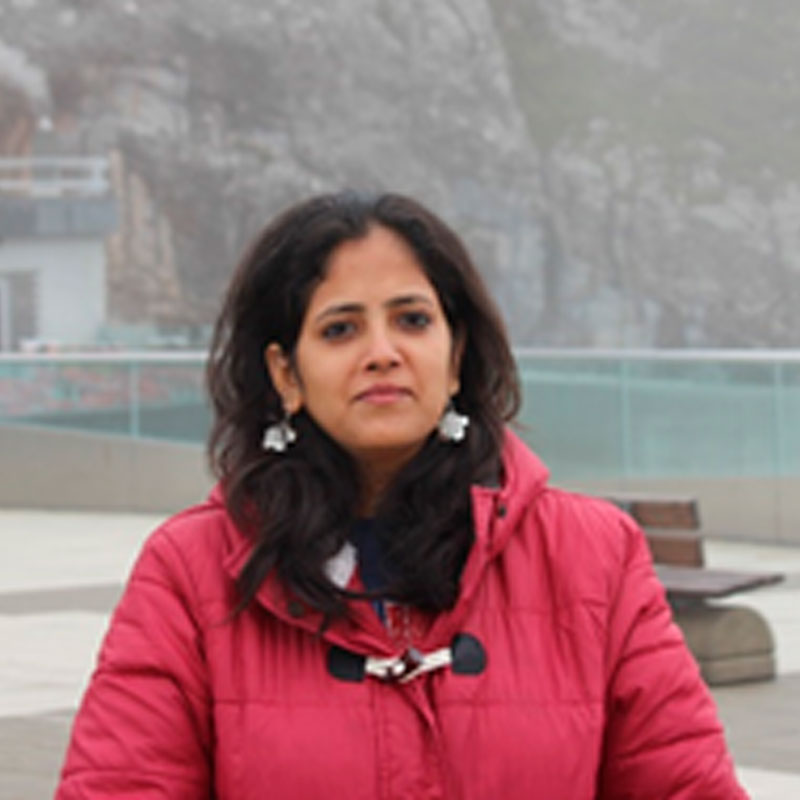
Trongsa Dzong is a fortress and monastery located in Trongsa, Bhutan. It was built in the 17th century and is one of the largest and most impressive dzongs (fortresses) in Bhutan. The dzong sits atop a ridge overlooking the Mangde Chhu river valley, and it served as an important strategic location for centuries, controlling the east-west trade routes through central Bhutan.
Trongsa Dzong is also a significant cultural site, as it was the ancestral home of the Bhutanese royal family. The first king of Bhutan, Ugyen Wangchuck, was appointed Trongsa Penlop (governor) in 1907, and his son Jigme Wangchuck was also born at the dzong. Today, the dzong serves as the administrative seat of Trongsa district and is also a popular tourist attraction, with many visitors coming to admire its impressive architecture and explore its rich history and cultural significance.
It is worth noting that Trongsa Dzong has undergone several renovations and additions over the centuries, with the most recent major renovation taking place in the early 2000s. Despite these changes, the dzong has retained its traditional Bhutanese architecture and remains an important symbol of Bhutanese identity and culture.
Inside the dzong, visitors can explore a number of courtyards, temples, and administrative offices. The most notable temple is the Lhakhang, which houses a statue of the Maitreya Buddha (the Buddha of the future) and is believed to be one of the oldest temples in Bhutan. Another highlight is the Ta Dzong, a watchtower that has been converted into a museum showcasing Bhutanese art, religion, and history.
Overall, Trongsa Dzong is a must-visit destination for anyone interested in Bhutanese history, culture, and architecture. Its impressive size and strategic location make it an important landmark in the country’s history, while its continued use as an administrative center and cultural site ensure its ongoing relevance and importance.

 I am Ruchita Mehta. I have done my Masters in Computer Management. Previously I have worked with Yatra and a few other travel companies as a travel adviser for some time. I am an avid traveller.
I am Ruchita Mehta. I have done my Masters in Computer Management. Previously I have worked with Yatra and a few other travel companies as a travel adviser for some time. I am an avid traveller.